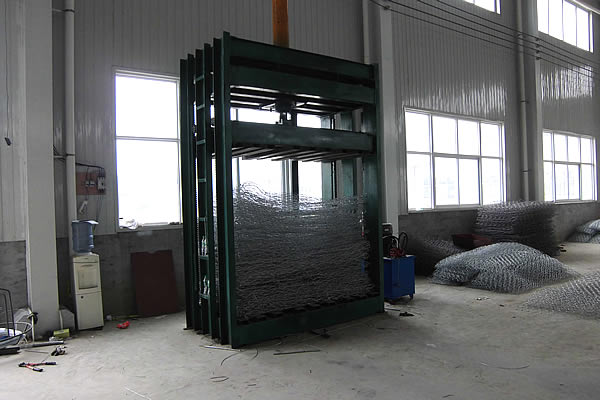 TEL:
+86-13102802206
TEL:
+86-13102802206
 Email:
fencenetting@china.com
Email:
fencenetting@china.com
 Language
Language
 TEL:
+86-13102802206
TEL:
+86-13102802206
 Email:
fencenetting@china.com
Email:
fencenetting@china.com
 Language
Language


Understanding the Importance of Safety Wire in Various Industries
Safety wire, also known as safety cable or lock wire, plays a crucial role in ensuring the integrity and reliability of mechanical assemblies across various industries, including aerospace, automotive, and manufacturing. This essential component is primarily used to secure fasteners such as bolts, nuts, and screws, preventing them from loosening due to vibration, thermal expansion, or other operational stresses. In this article, we will delve into the significance of safety wire, its applications, and best practices for its use.
What is Safety Wire?
Safety wire is a thin, flexible wire made from high-strength materials, typically stainless steel or other corrosion-resistant alloys. It is designed to be wrapped around two or more fasteners, securing them in place. The wire is twisted in a specific manner, which creates tension that keeps the fasteners from moving. This method of securing fasteners is critical in environments where failure could lead to catastrophic consequences.
Applications of Safety Wire
1. Aerospace Industry In aviation, components are subjected to extreme conditions, including high altitudes and varying temperatures. A loose fastening could result in severe accidents. Safety wire is extensively used in aircraft assemblies, such as engine mounts, landing gear, and instrument panels. It ensures that crucial components remain securely attached during flight.
2. Automotive Sector Similarly, in automotive manufacturing and maintenance, safety wire is applied to critical engine parts, suspension components, and brake systems. The vibrations experienced during driving can loosen fasteners, making the use of safety wire an essential precaution against mechanical failures.
3. Manufacturing and Heavy Equipment In industrial machinery and heavy equipment, safety wire is employed to secure various fasteners and prevent downtime due to loose components. This practice enhances the safety and performance of machinery used in manufacturing, construction, and other heavy-duty applications.

Best Practices for Using Safety Wire
To maximize the effectiveness of safety wire, adhere to the following best practices
1. Selection of Wire Choose the appropriate gauge and material of safety wire based on the application. Thicker wires can handle more tension, while thinner wires offer flexibility. Opt for corrosion-resistant materials for environments exposed to moisture or corrosive substances.
2. Proper Technique When applying safety wire, ensure that the wire is correctly twisted. Common methods include the double-twist technique for pairs of fasteners and the single-twist for single fasteners. Always twist in the direction of the fastener's tightening to ensure that the tension adds to the fastener's strength.
3. Regular Inspections Regularly inspect the safety wire and the associated fasteners for signs of wear, corrosion, or loosening. Early detection can prevent failures and ensure operational safety.
4. Compliance with Standards Follow industry standards and guidelines when using safety wire. Organizations such as the Aerospace Industries Association (AIA) and the American National Standards Institute (ANSI) provide recommendations on the appropriate use of safety wire in various applications.
Conclusion
Safety wire is a simple yet effective solution for enhancing the reliability of mechanical assemblies in high-stakes industries. As technology evolves and the demand for safety in engineering increases, the importance of using safety wire correctly and effectively cannot be overstated. Whether in aerospace, automotive, or manufacturing, a well-implemented safety wire system is a vital safeguard against mechanical failure, ensuring the safety of personnel and equipment alike. By understanding its significance and adhering to best practices, industries can continue to rely on safety wire as a critical component in their safety protocols.